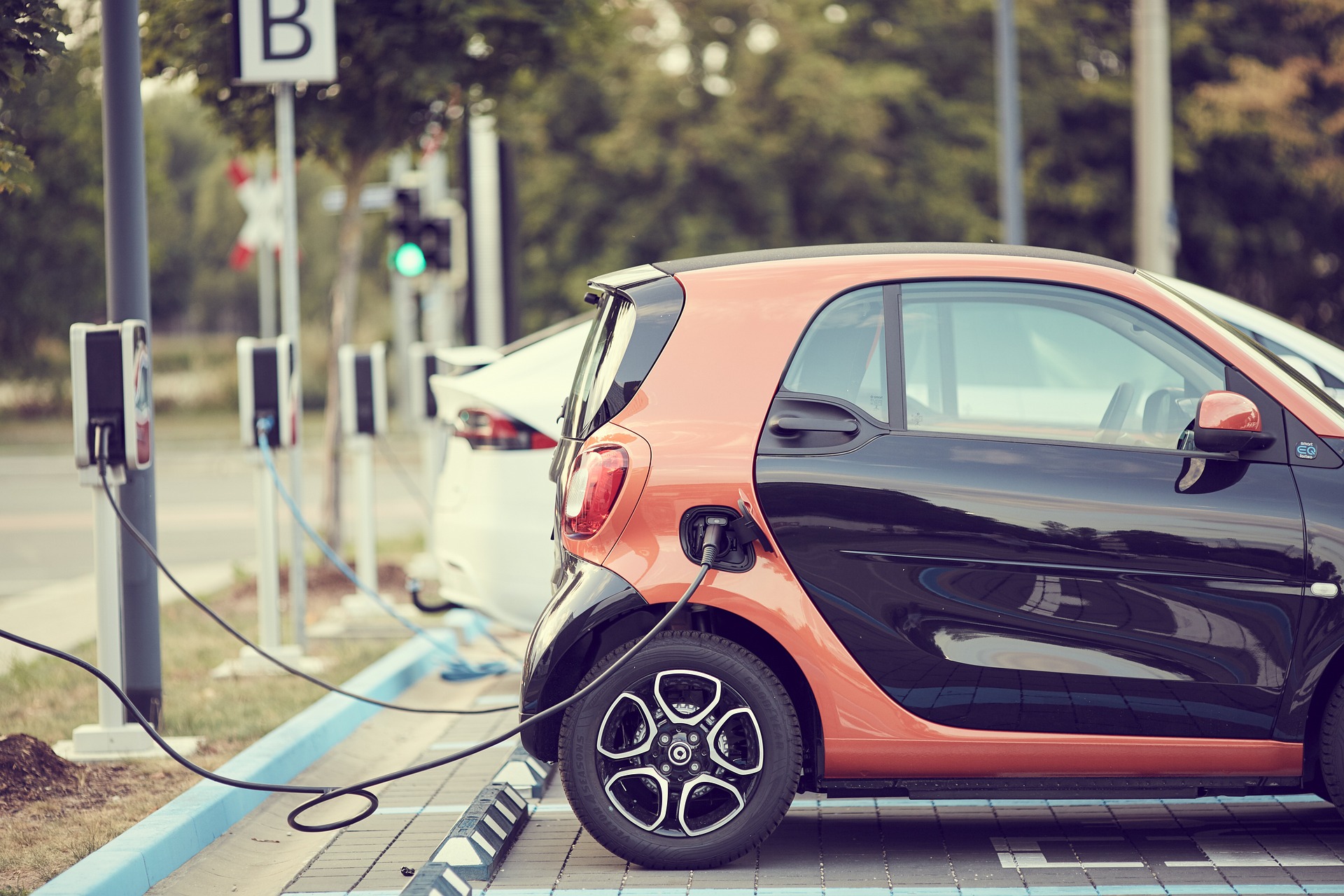Electric Cars: The Future of Urban Mobility
The automotive industry is undergoing a significant transformation, with electric cars at the forefront of this revolution. As cities become more congested and environmental concerns grow, electric vehicles offer a promising solution for urban mobility. This article explores the world of electric cars, focusing on compact, two-seater models that are perfectly suited for city living.

Another advantage of electric cars in cities is their lower operating costs. With fewer moving parts and no need for oil changes, electric vehicles typically require less maintenance than traditional cars. Additionally, the cost of electricity is often lower than that of gasoline, making electric cars more economical to run, especially for short, frequent trips common in urban settings.
How do mini electric cars fit into the urban landscape?
Mini electric cars are designed specifically with city driving in mind. These compact vehicles are ideal for navigating narrow streets, tight corners, and limited parking spaces that are common in urban environments. Their small size not only makes them more maneuverable but also reduces the vehicle’s overall footprint, which is crucial in space-constrained cities.
Two-seater electric cars, in particular, offer an efficient solution for urban commuters. Most city trips involve one or two occupants, making larger vehicles unnecessary for daily use. By opting for a smaller, two-seat electric car, urban dwellers can reduce their impact on traffic congestion and parking scarcity while still enjoying the convenience of personal transportation.
What features make electric cars suitable for city driving?
Electric cars come with several features that make them well-suited for city driving. Instant torque delivery provides quick acceleration from a standstill, which is advantageous in stop-and-go traffic. Many electric vehicles also incorporate regenerative braking systems, which can help extend the battery range by recovering energy during deceleration – a frequent occurrence in urban driving conditions.
Advanced connectivity features are often standard in electric cars, allowing drivers to easily locate charging stations, plan routes efficiently, and even pre-condition the vehicle’s interior before starting their journey. These smart features enhance the overall urban driving experience and help alleviate range anxiety, a common concern among electric vehicle users.
How does charging infrastructure support urban electric car use?
The growth of electric car adoption in cities is closely tied to the development of charging infrastructure. Urban areas are increasingly installing public charging stations in parking lots, shopping centers, and along streets to support electric vehicle users. This network of charging points allows city dwellers to top up their batteries while running errands or during work hours, making electric car ownership more feasible for those without access to home charging.
Many cities are also implementing policies to encourage the installation of charging stations in residential buildings and workplaces. This approach ensures that urban electric car owners have reliable access to charging facilities, even if they don’t have a private garage or driveway.
What are some popular two-seater electric cars for urban use?
Several manufacturers have introduced compact, two-seater electric cars designed specifically for urban environments. These vehicles combine the benefits of electric propulsion with the practicality needed for city living. Here’s a comparison of some popular models:
| Model | Manufacturer | Range (WLTP) | Top Speed | Key Features |
|---|---|---|---|---|
| Smart EQ fortwo | Smart | 81 miles | 81 mph | Tight turning radius, smartphone integration |
| Renault Twizy | Renault | 62 miles | 50 mph | Ultra-compact design, optional doors |
| Citroën Ami | Citroën | 47 miles | 28 mph | Affordable price, no license required in some countries |
| Microlino | Micro Mobility Systems | 125 miles | 56 mph | Retro-inspired design, front-entry door |
Prices, rates, or cost estimates mentioned in this article are based on the latest available information but may change over time. Independent research is advised before making financial decisions.
How are cities adapting to accommodate more electric vehicles?
Cities worldwide are implementing various strategies to encourage electric car adoption and improve the infrastructure needed to support these vehicles. Many urban areas are creating low-emission zones or even banning internal combustion engines in certain districts, giving electric cars a significant advantage.
Urban planners are also redesigning streets to include dedicated charging lanes and prioritizing electric vehicles in traffic management systems. Some cities are offering incentives such as free parking or access to bus lanes for electric car owners, further promoting the shift towards electrification in urban mobility.
As electric cars continue to evolve and urban infrastructure adapts to support them, these vehicles are poised to play an increasingly important role in shaping the future of city transportation. The combination of environmental benefits, cost-effectiveness, and suitability for urban driving makes electric cars, especially compact two-seaters, an attractive option for city dwellers looking to navigate their urban landscapes more sustainably and efficiently.





